There is no worse air travel torture in the U.S. than Los Angeles International Airport. Some might think it’s Chicago’s O’Hare, Dallas-Fort Worth, Miami or Atlanta, but any of those pales to the hell that’s LAX.
Nearly everyone knows or is aware of the horrendous L.A. traffic that plagues the roads 24/7. That’s about how awful it gets at their airport, too. In the past ten years I’ve visited or arrived at LAX, it’s constantly clogged with endless lines of cars and buses trying to get to the terminals and parking lots from the 405 freeway, Century Boulevard and all the other thoroughfares around it.
Then there’s the airport itself, arranged in a U-shape that is not ideal for access. Since the terminals are separated, you either must walk to them if you have connecting flights with two different airlines (which involves a slog through endless corridors or the outside walkways) or take the inter-airport shuttle. I have still never figured out the second option, and even if I did, I’d have to wait until the bus made it through the congestion.
My sister and brother-in-law live closer to downtown, so they prefer flying out of Hollywood-Burbank airport, just 15-20 minutes from their home, whenever possible. If you don’t like dealing with crazy, crowded airports and if you can make a connection here if you need to fly to L.A., you might want to follow their (and my) example. Here are five reasons why.
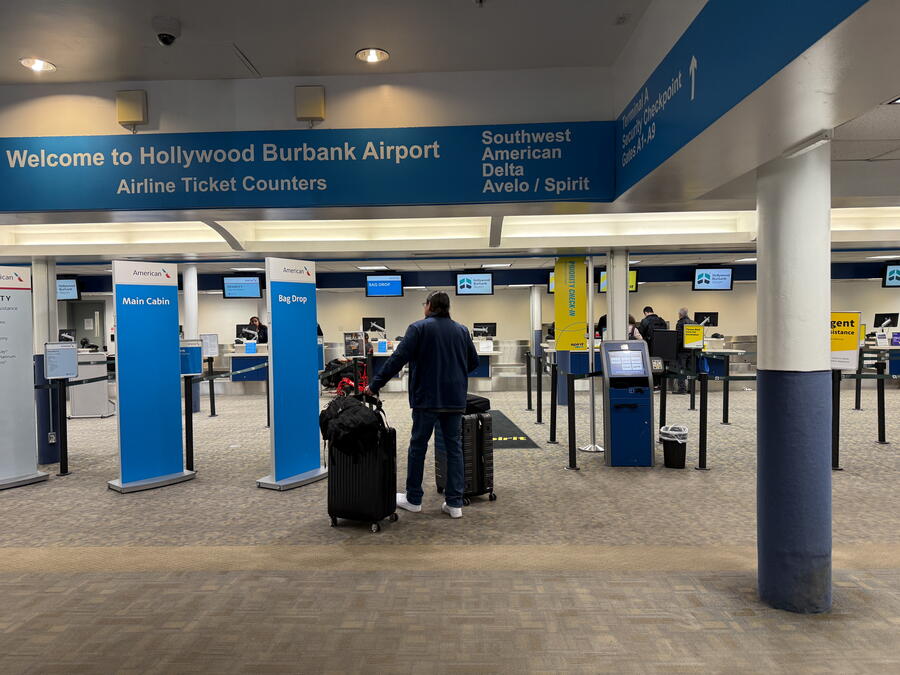
Easier access
This is probably why you might want to fly into Burbank for a Los Angeles trip. There are about a dozen gates, all along one long terminal. One drawback is the lack of conveyor belt walkways, which makes getting through those vast buildings time-consuming. However, the walk from the main terminal to the last gate doesn’t take long, and cart services are available for those with mobility issues. In other words, it’s a small airport in a city that doesn’t exactly pride itself on compactness.
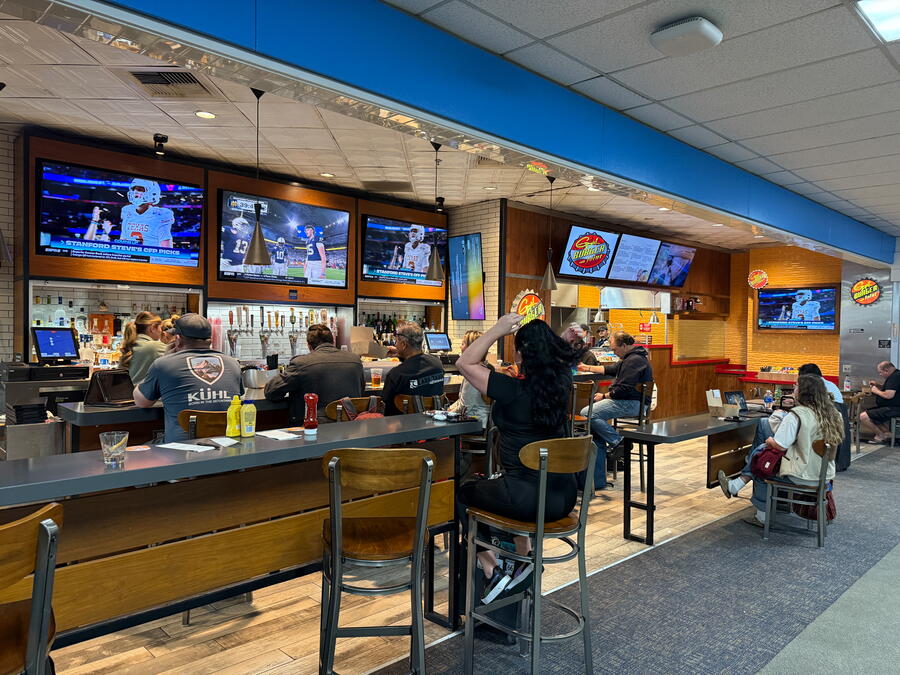
Fewer crowds
Compare LAX to Burbank with crowds and its complete contrasts. I would estimate that the travelers going the second are about one-twenty-fifth the size of those at the first. That also applies to the traffic. I’ve only encountered ten cars in a line at Burbank Airport's drop-off and pick-up lanes compared to forty at LAX. Granted, you don’t get the fancy eateries, luxury lounges and other perks that major airports offer. But if you’re fine with forgoing those features, Burbank might fit your plans.
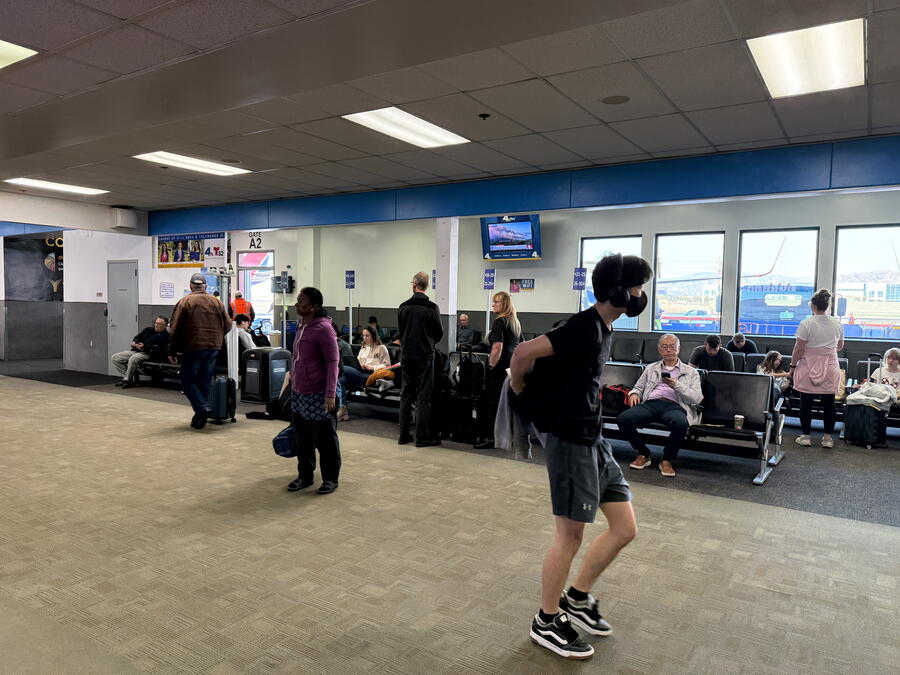
Major domestic carriers
While Southwest has a significant presence in Burbank, seven other major airlines fly to and from the airport, like United, American and Delta. So, chances are you can book a flight there, although you might have to make a connection. Just note that because of its size, the airport doesn’t have jetways or those retracting temporary corridors connecting the terminal to the plane. Passengers can board and deplane through ramps, making access easy.
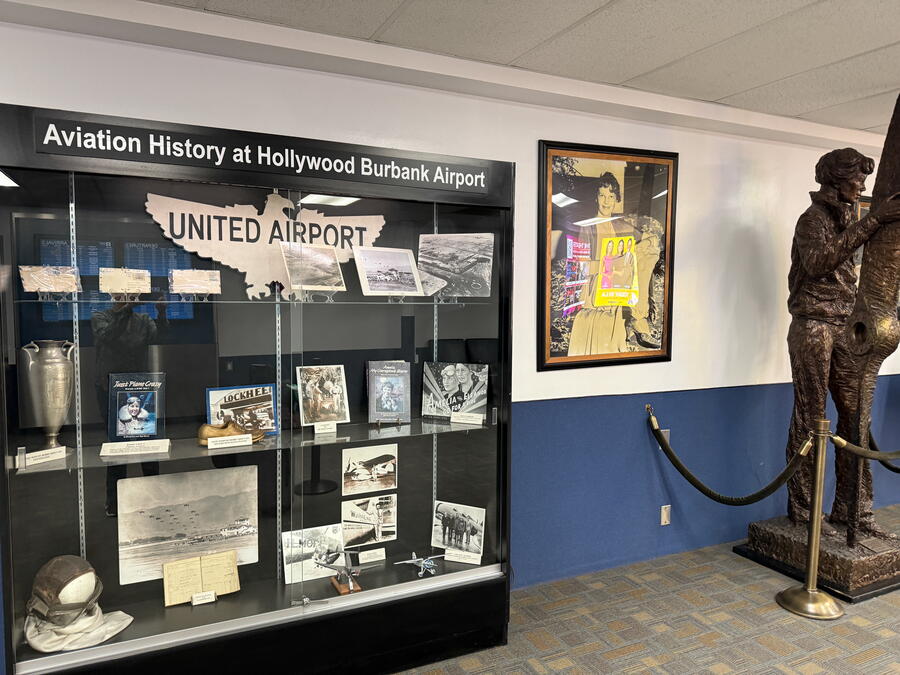
Historical significance
Burbank can't be beaten if you’re a history buff or are interested in backstories. Between the ticketing area and TSA security, glass case displays tell the 75+ years of the airport and its role in the growth of Los Angeles. Not many airports can showcase this kind of significance. There is also a bronze statue of Amelia Earhart, who frequently flew from Burbank and later disappeared over the Pacific Ocean.
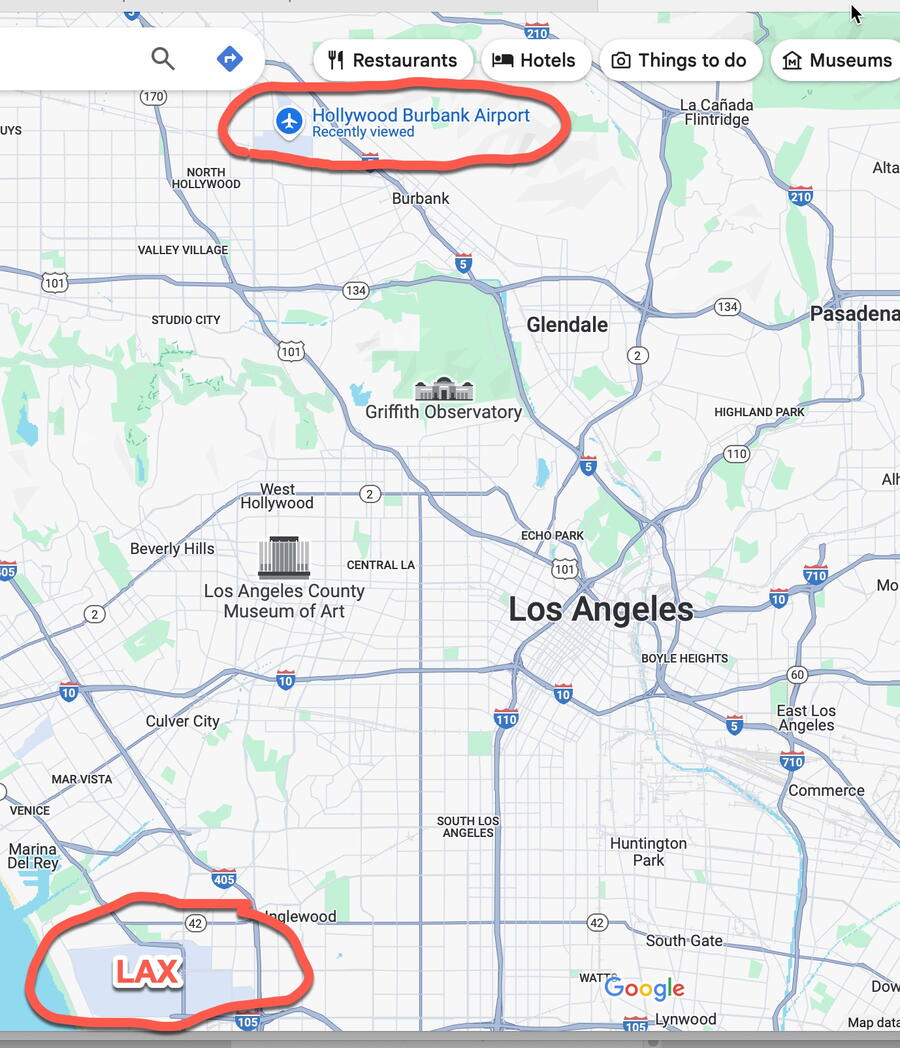
Location
Of all the smaller regional airports around the L.A. and Orange County area, Burbank is one of the most conveniently located. It’s just a 20–30-minute drive to downtown Los Angeles, about 45 minutes to the Westside and Santa Monica, at the southeastern corner of the San Fernando Valley, and just a short jaunt from Glendale and Pasadena. If you should go to any of these areas, consider flying to Burbank and avoid travel hassle.
